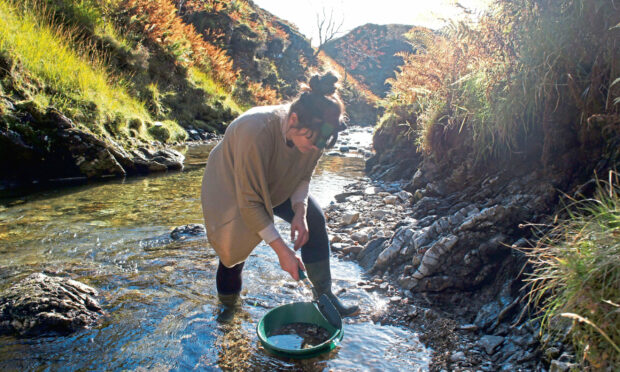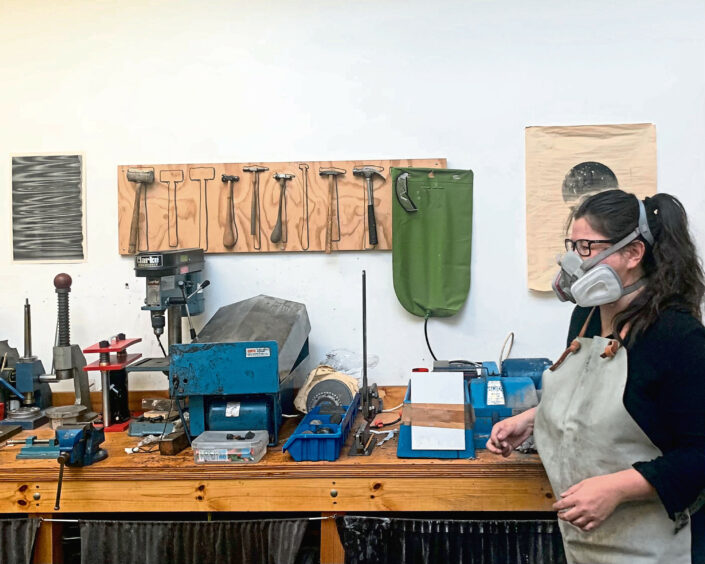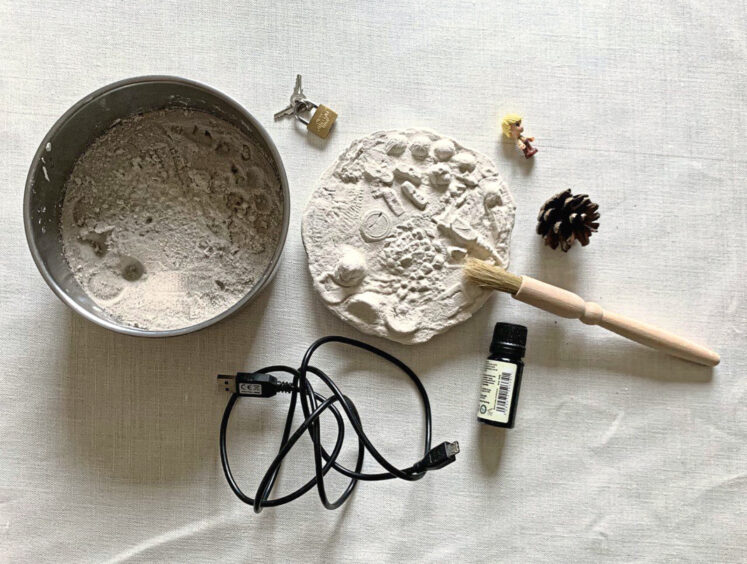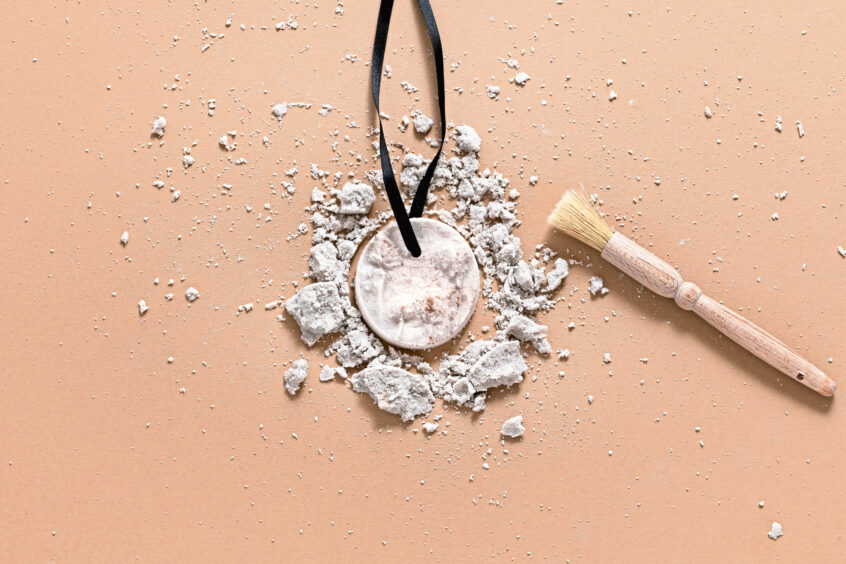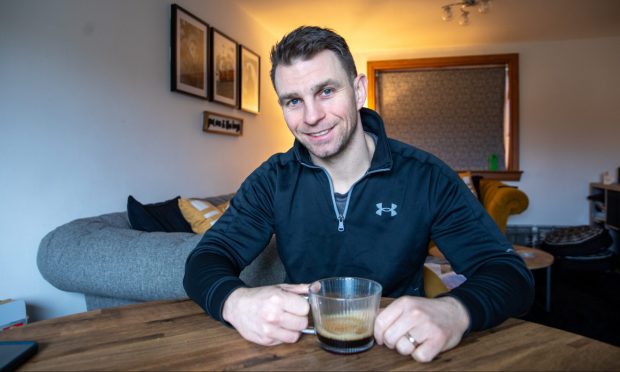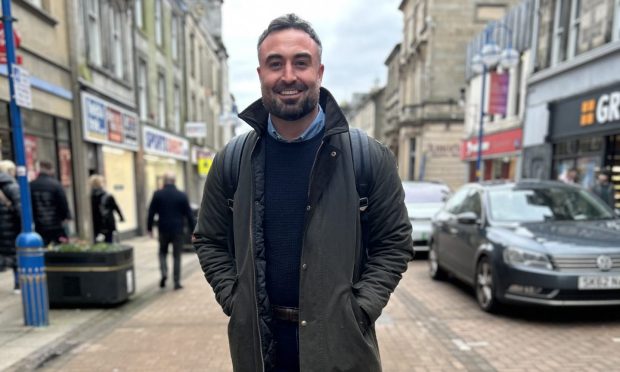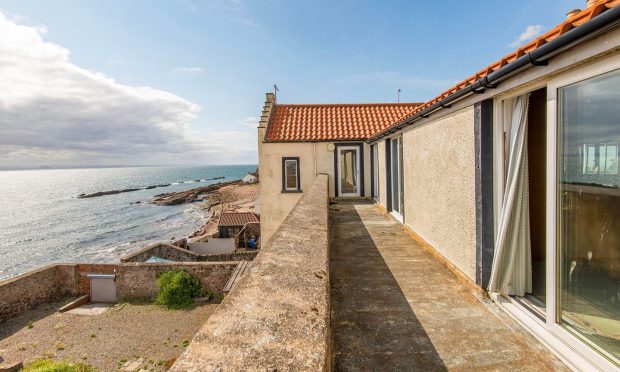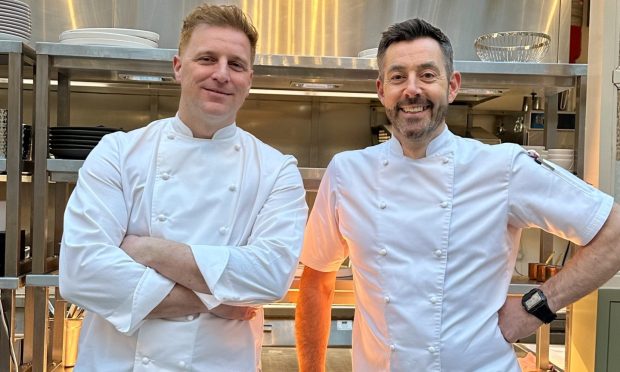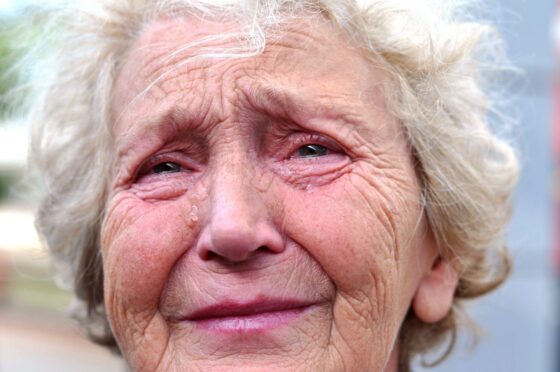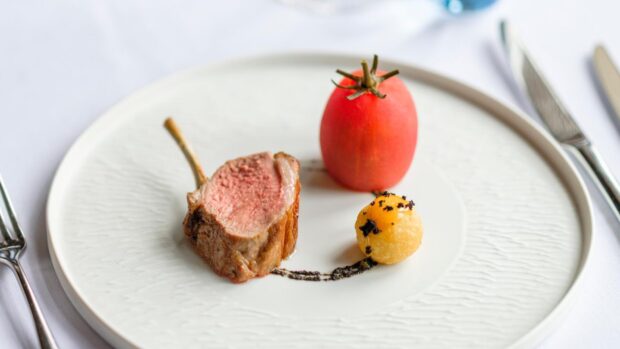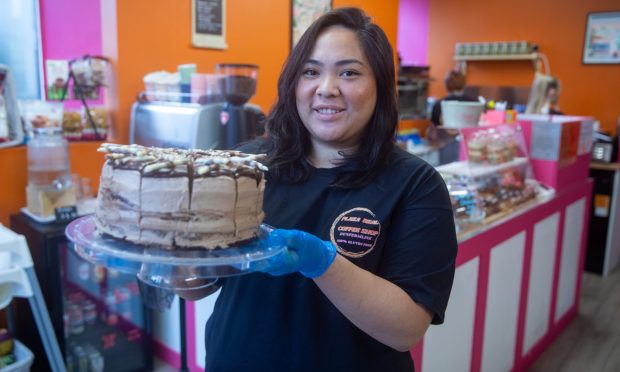Gayle Ritchie chats to Fife maker and jeweller Stefanie Ying Lin Cheong about how crafting can equip young people with skills to help combat the climate emergency.
It could take 1,300 years for a single LEGO toy brick to degrade in the ocean.
Most pieces are made of durable ABS plastic and can take centuries to decompose. Put it this way, it hangs around on our planet for a very long time, sinking into landfill sites, littering oceans and contaminating marine and wildlife.
It’s a stark fact and one that has shocked Fife crafter Stefanie Ying Lin Cheong to the very core.
“When you think about it, it’s completely overwhelming,” she says.
“LEGO was invented in the 1930s and so many pieces of it still exist today. Around 23,000 pieces a day are still being made from scratch and that’s troubling.”
The disposability and throw-away-ability of today’s consumerist society has always worried Kirkcaldy-born Stefanie.
Learning more about the environmental impact of non-recyclable materials has made her even more determined to do her bit to help the planet via the art of crafting.
Stefanie is among a group of artists involved in MAKE Learn, a campaign that launched last month in tandem with Craft Scotland and is calling for craft and making skills to be taught in schools as part of Scotland’s education curriculum.
Craft guide
A renowned maker and ethical jeweller who lives in Glasgow but works in Fife, Stefanie designed a craft activity guide called Making Impressions for school-aged children.
The guide encourages pupils to take notice of different materials surrounding them, and question whether they are naturally occurring or man-made, and to consider what happens to them when they are discarded. In essence, it teaches children about the footprint they leave in the world and encourages them to think about how their actions impact upon their environment.
Stefanie works with “found” Scottish rocks, which she cuts and shapes herself using traditional techniques. She also uses Fairtrade and recycled metals.
“I discovered there’s a lot of environmental damage in the jewellery industry so using rocks I find myself and other Fairtrade metals is my way of trying to reject the negative impacts of the industry,” she explains.
“I’m also interested in design that looks at zero waste principles, so a lot of my jewellery can be interchangeable — you can swap out stones in pieces so they look completely different.”
When Stefanie was invited to work with MAKE Learn to produce a craft kit themed around environmental awareness, she jumped at the chance.
She saw it as an opportunity to introduce young people to the idea of the “impressions” they make on Earth.
“When we go into a shop, we’re faced with hundreds of choices of items manufactured from many different materials,” she reflects.
“I believe we don’t question enough where they came from, how they were made, what materials went into making them and so on, so I designed a guide to help facilitate some of that questioning. I want young people to really understand the impact and how long things take to biodegrade or not and think about way they value materials.”
Project
Stefanie asked students to collect 12 materials, six of which were man-made and six natural. They were then tasked to investigate these materials, consider how they were made, why, what they were made from, whether they are eco-friendly and where they will end up when they’re finished with them.
“This way, they build up a little bank of materials and knowledge,” she says. “They then curate their own mini creations, so even though it has a darker undertone, it’s quite a nice visual thing for them to do.
“They’re encouraged to collect things from their daily lives and things that surround them. From these, they select some of the objects and push them down into a bowl of sand to create ‘impressions’. The impression is then cast with plaster.
“That produces a fossil-like object for them, which encourages them to consider their footprint, the impact objects and materials around them are having on the environment and what they might leave behind, but at same time, they learn the crafting technique of casting.”
The pupils were each encouraged to select one final piece that meant something to them and then, with Stefanie’s help, transformed it into some kind of creation, whether an amulet, talisman or fossil specimen.
“Due to the pandemic, I was unable to go in and physically help but there was an instructional video,” she says.
“I guess it’s about trying to encourage them to behave in such a way as to reduce levels of consumption of materials that don’t biodegrade or have a negative impact on environment.
“With craft, it’s a very hands-on way of exploring and dealing with big ideas.
“I know I learn better through working with things physically, rather than just reading about them.
“Through an experience like craft, you tend to retain things better. You also learn about fixing and repairing things so there’s less need to buy new and bring more things into production. There’s also the ‘make and mend’ attitude to consider, and it’s great to see that many designers and makers now are thinking about waste, and waste streams, and how they can reuse materials around them.”
“With craft, it’s a very hands-on way of exploring and dealing with big ideas. I know I learn better through working with things physically, rather than just reading about them.
Stefanie Cheong
Stefanie defines the MAKE Learn campaign as a manifesto to engage young people in the craft sector from an early age and to offer them experiences where they visualise themselves in a career in the creative, and specifically, craft sector.
“When I think back to when I was young and artists visited the classroom, it had a huge impact on my understanding and confidence that I could maybe pursue a career in the arts,” she says.
“And craft is so important! On so many levels! I can’t function without the physical act of making. I find it quite meditative and if I wasn’t able to do it, I’d feel a part of me was missing.
“Craft gives me a space to be creative, playful and to problem solve. Craft can have a big impact on people’s wellbeing. It can be quietly political, it can promote ideas of sustainability and it can be universal. You don’t need to speak the same language to make together.”
Impact on Earth
As well as working with schools across Fife, Argyll and Bute and beyond, Stefanie has worked in partnership with National Museums Scotland to run jewellery courses in Methil and Falkirk. She works part-time for the arts organisation Fife Contemporary.
“I think it’s important for young people to question the impact that they have on Earth,” she says.
“It’s about tackling ideas around the climate emergency and introducing young people to terms like ‘anthropocene’ and questioning what their footprint is and the impact they have on Planet Earth — but hopefully in a playful way where they’ll enjoy exploring materials and hopefully learn from it.”
Benefits of crafting
The MAKE Learn campaign follows the recent publication of the Craft and Making Education in Scotland Today report, which highlights the long-term value of teaching craft as part of the schools curriculum and was recently shared with Scottish Ministers and key policy makers for education and schools. It calls for a reverse in the dematerialisation of education, reintroducing teaching using tactile materials, alongside a focus on technology, and raising awareness of the benefits of craft teaching.
These benefits include craft’s impact on improving mental health and wellbeing; protecting Scotland’s unique craft heritage; developing talented, skilled makers for the future; and contributing to the green economy. The report, authored by Rosemary James-Beith, also advocates for better resources for teaching craft in classrooms and a national strategy for material skills development in schools.
The report was compiled from research charting craft and making education across Scotland, and from feedback on a pilot project for schools delivered by Soizig Carey for MAKE Learn between April and June 2021.
The pilot, which it’s hoped will be rolled out to schools across Scotland, went to more than 400 children aged nine to 11 years across six schools including Glendale Gaelic Primary School in Glasgow. It was delivered using craft activity guides developed by three Scotland-based makers — Stefanie, Deirdre Nelson of Glasgow (Care Not Consume) and Eve Eunson (Knotted Baskets) from Shetland.
Elspeth McCoull, head teacher at Glendale Gaelic Primary School, explains: “At a time when children are spending increasing amounts of time on screens, particularly as a result of home schooling during the pandemic, it is hugely valuable for schools to have space in the curriculum to explore physical, tactile materials.
“Craft learning is also a wonderful way to give pupils a context for wider discussions about our culture, history and sustainability of resources.”
Irene Kernan, director of Craft Scotland, adds: “The value of learning about and putting craft skills into practice is well-proven.
“The physical act of making helps children develop fine motor skills and manual dexterity, and helps to improve hand-eye coordination.
“Moving through the different stages of making, from concept and design to finished product, is a valuable and enjoyable means of enabling children to develop problem-solving and decision-making skills, which are fundamental life skills.”
